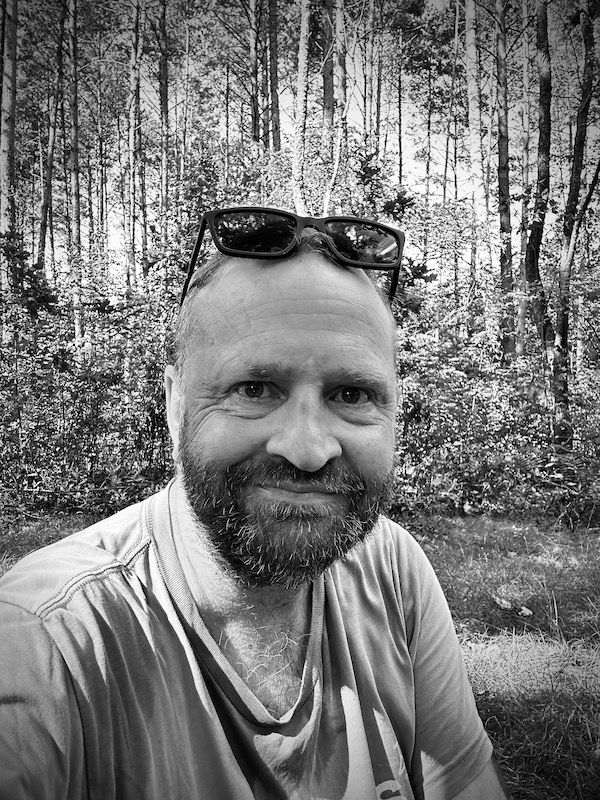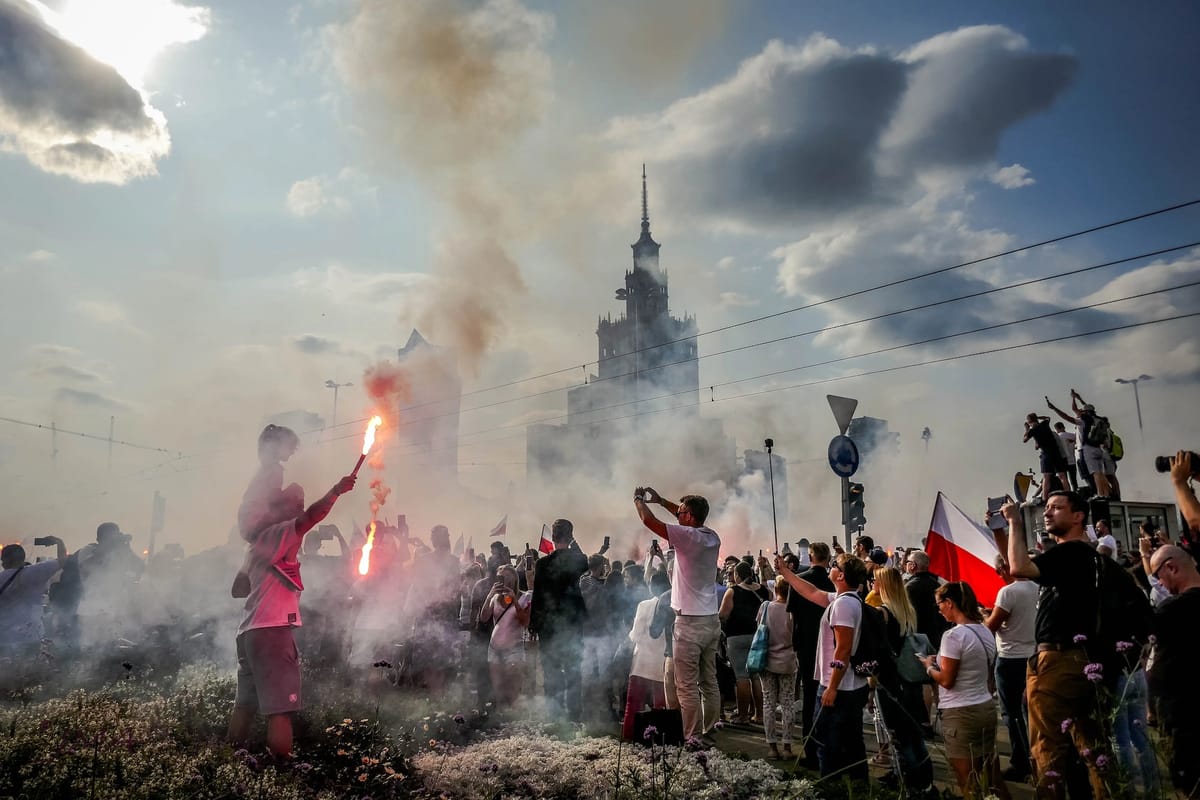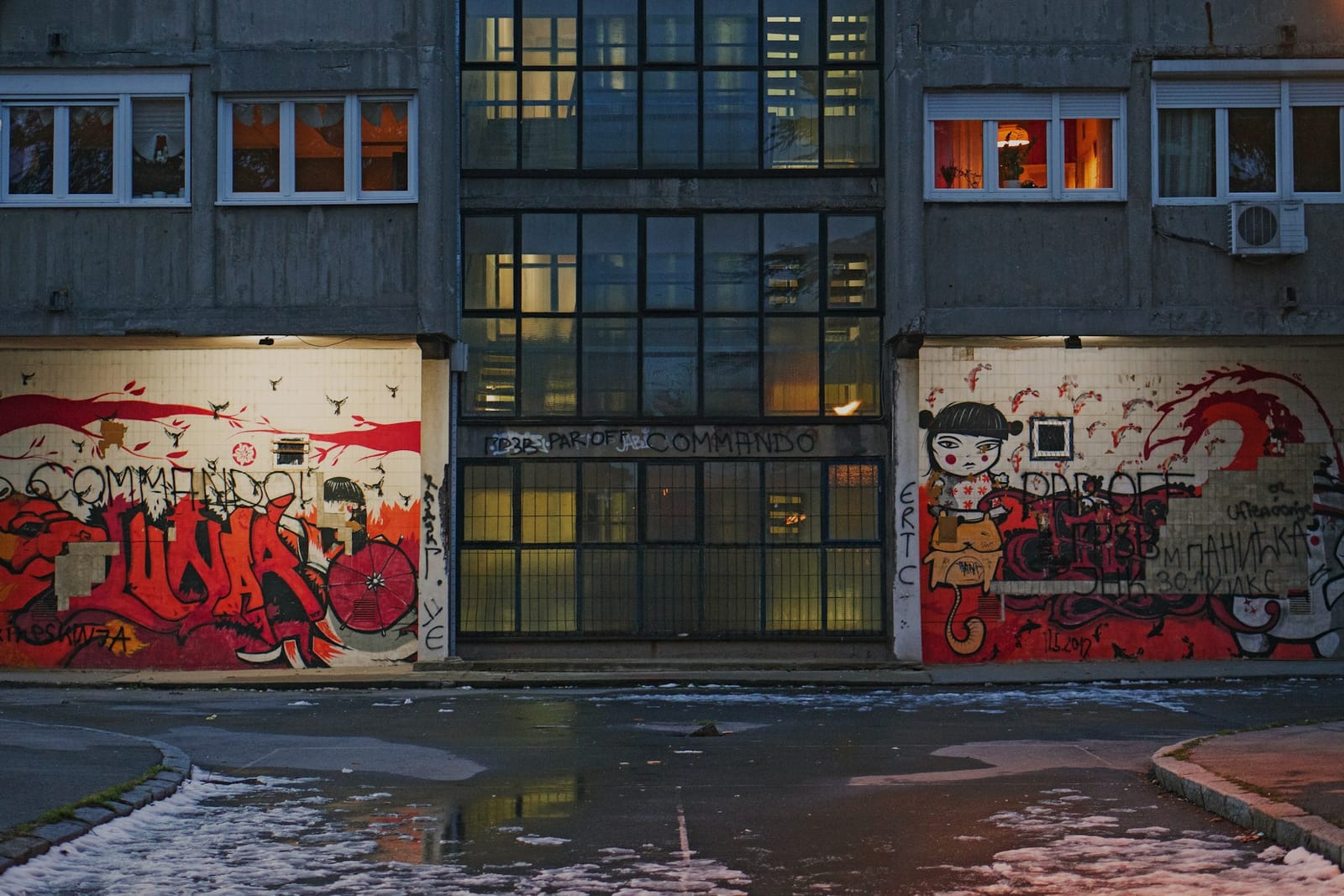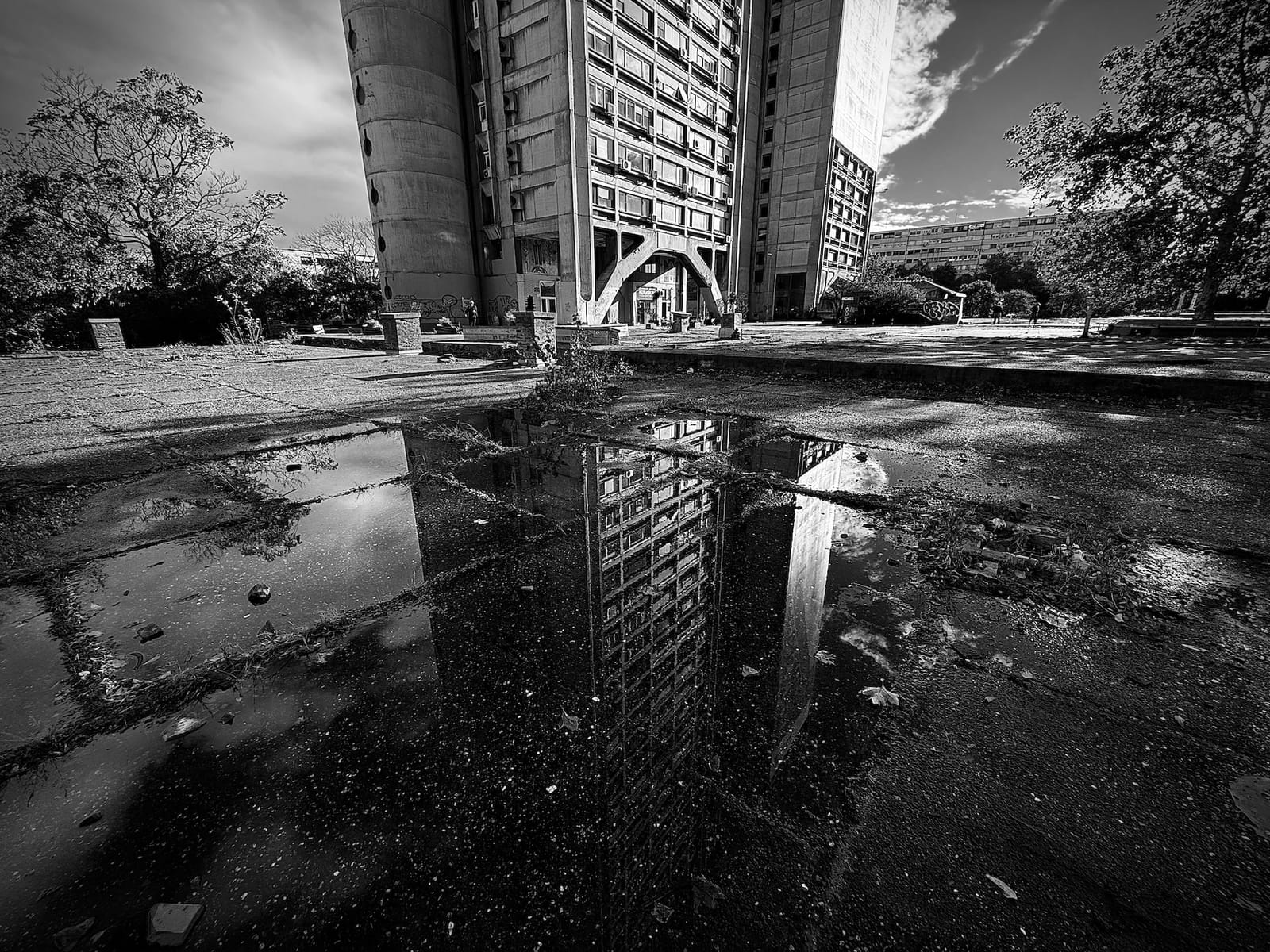In the quiet outskirts of Łódż, Poland, time stands suspended among the tilting headstones. The Jewish cemetery - once the crowning glory of a vibrant community, now abandoned to encroaching nature - bears silent witness to the lives and legacies that vanished in the smoke of history.
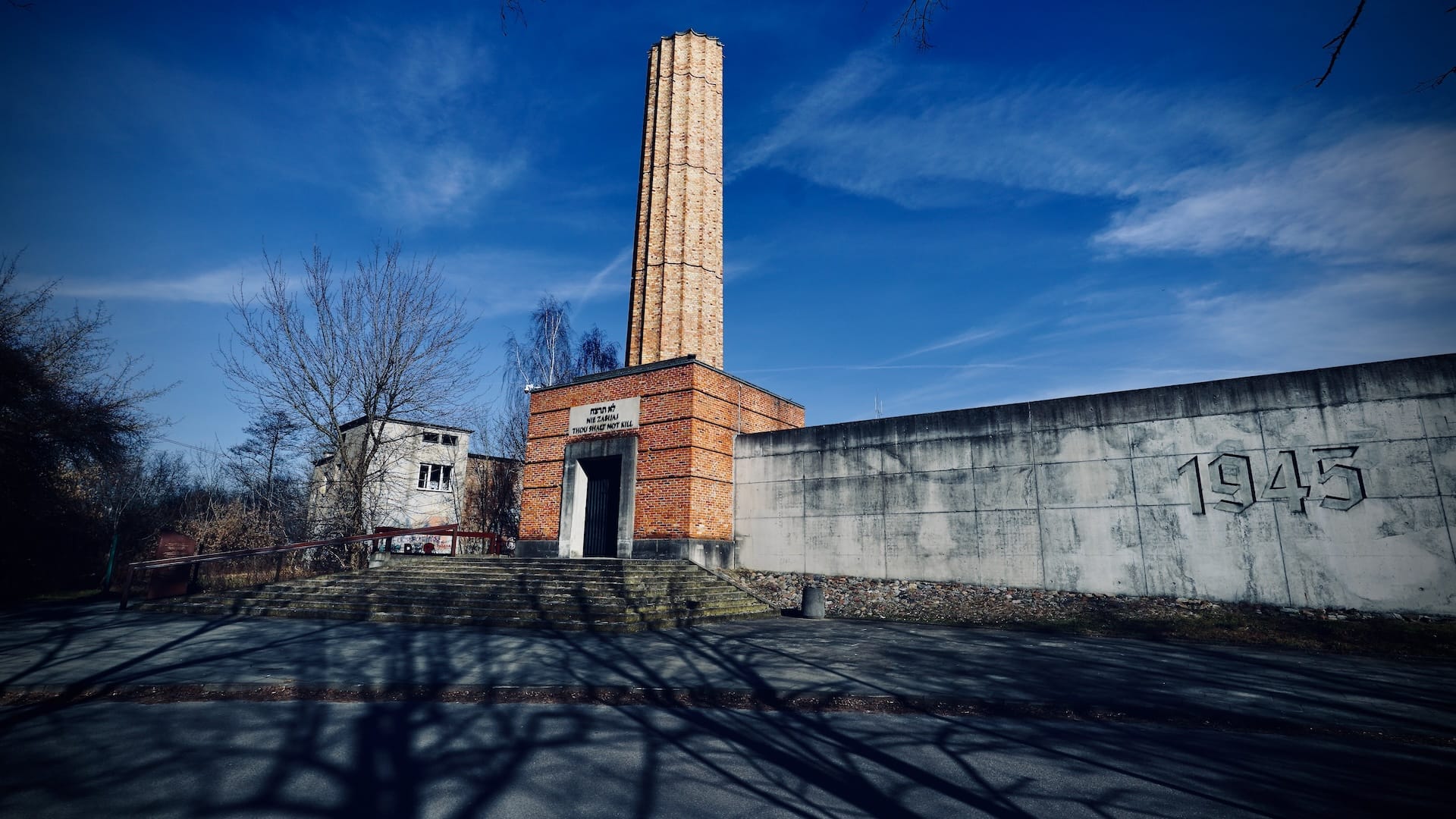
Ghosts of Memory
Stone angels with weathered faces stare down at me from ornate mausoleums. Hebrew inscriptions fade beneath decades of rain and neglect. Wildflowers push through cracks in marble slabs, reclaiming ground once meticulously tended by generations of caretakers. This is not merely abandonment; it is an absence that speaks.
Before 1939, Łódż housed one of Europe's most dynamic Jewish communities - over 230,000 souls, nearly a third of the city's pre-war population. They built factories and schools, wrote poetry and philosophy, debated politics in cafés, and laid their dead to rest in this sacred ground with dignity and ceremony.
Today, the cemetery stands as both memorial and void. Each crumbling gravestone represents not just one life but entire family lines extinguished, traditions interrupted, futures erased.
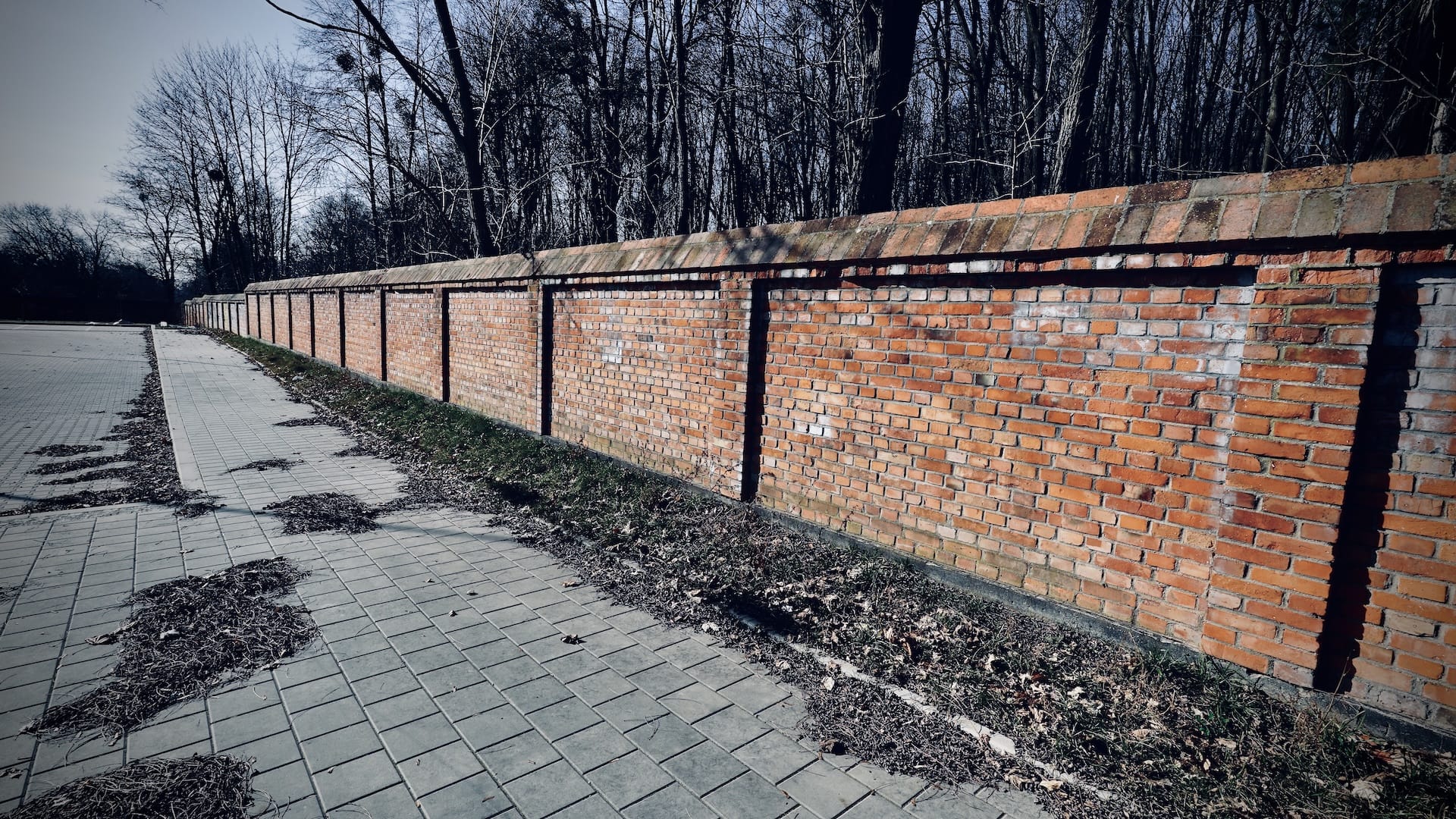
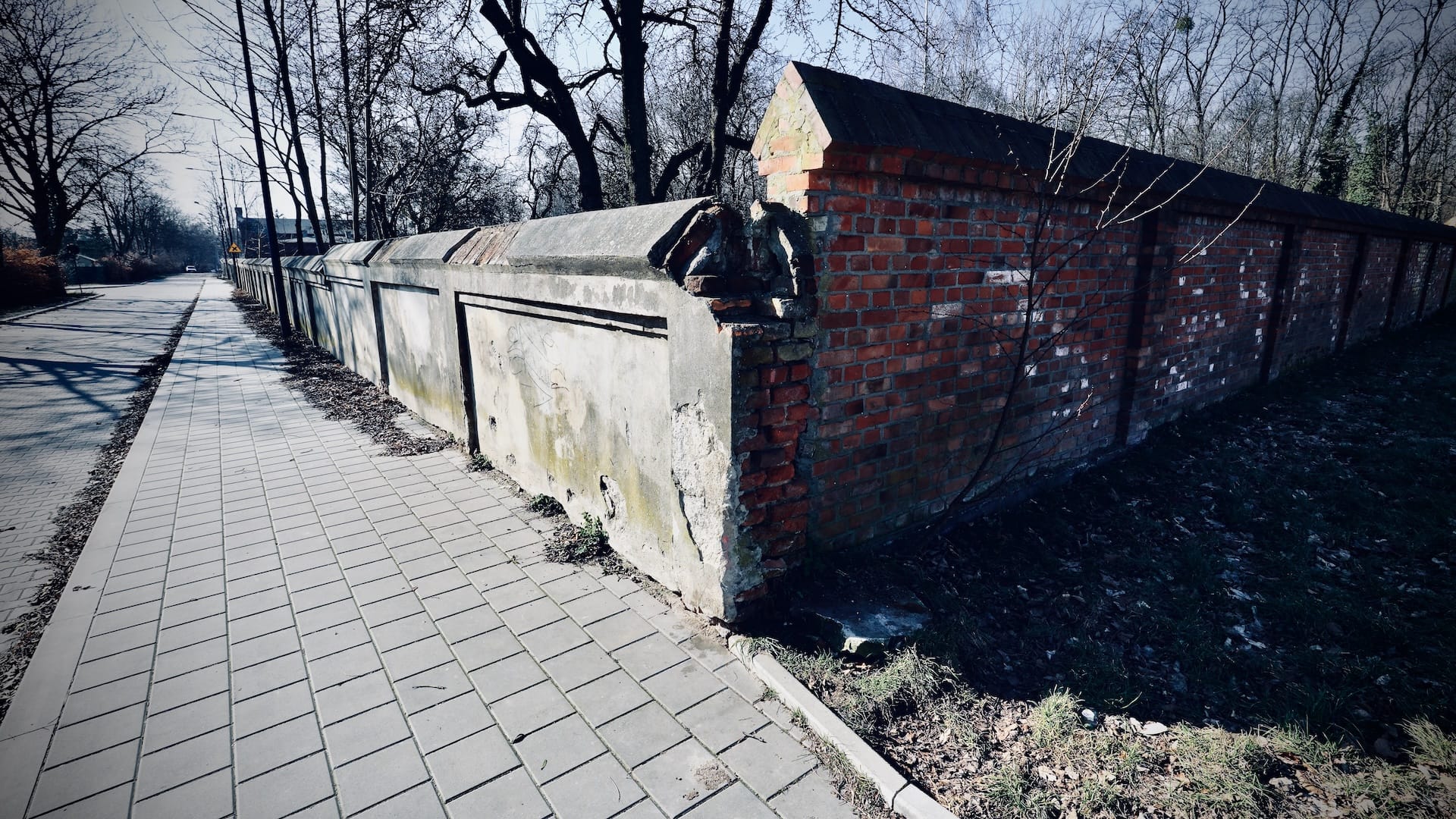
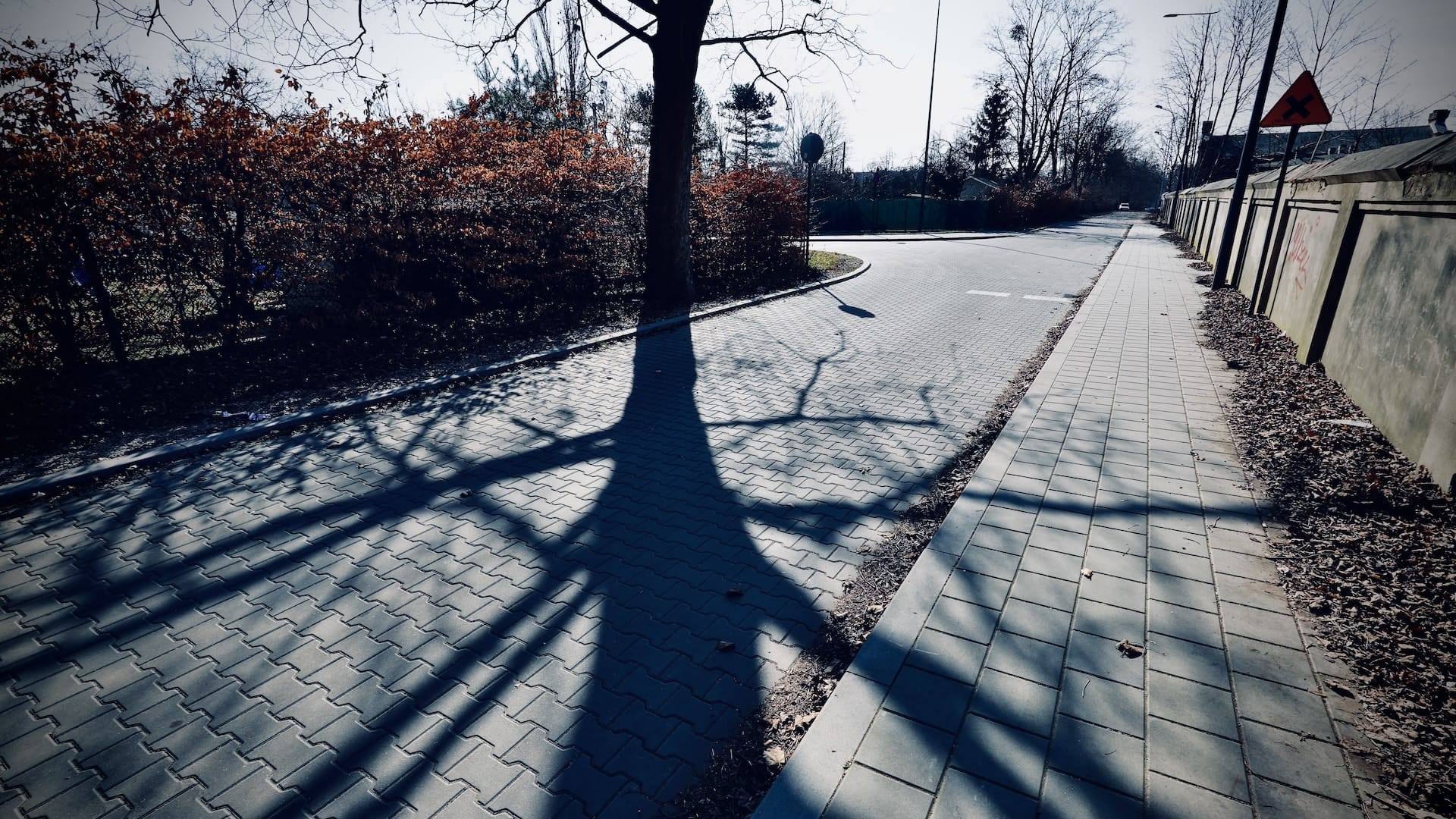
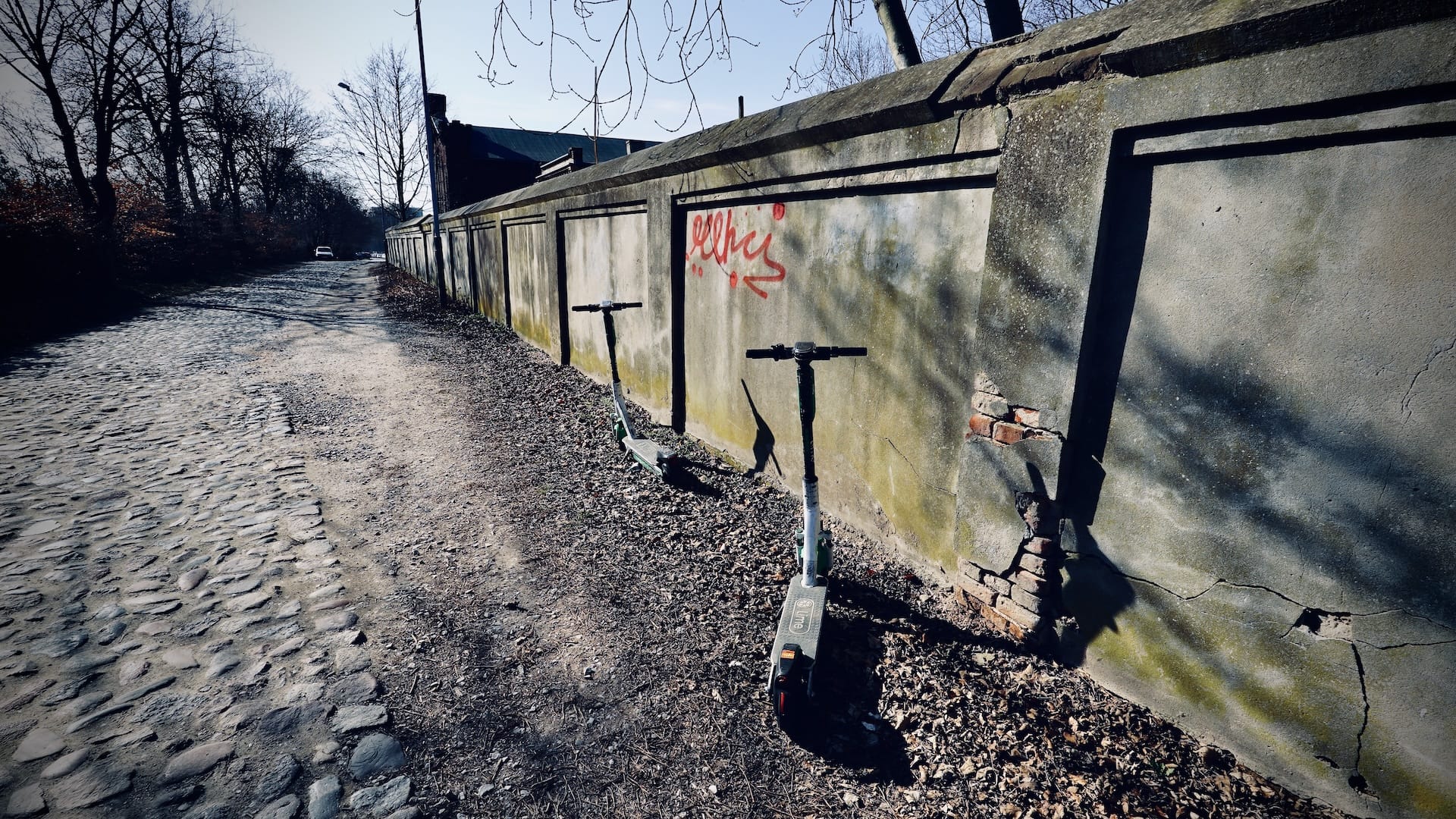
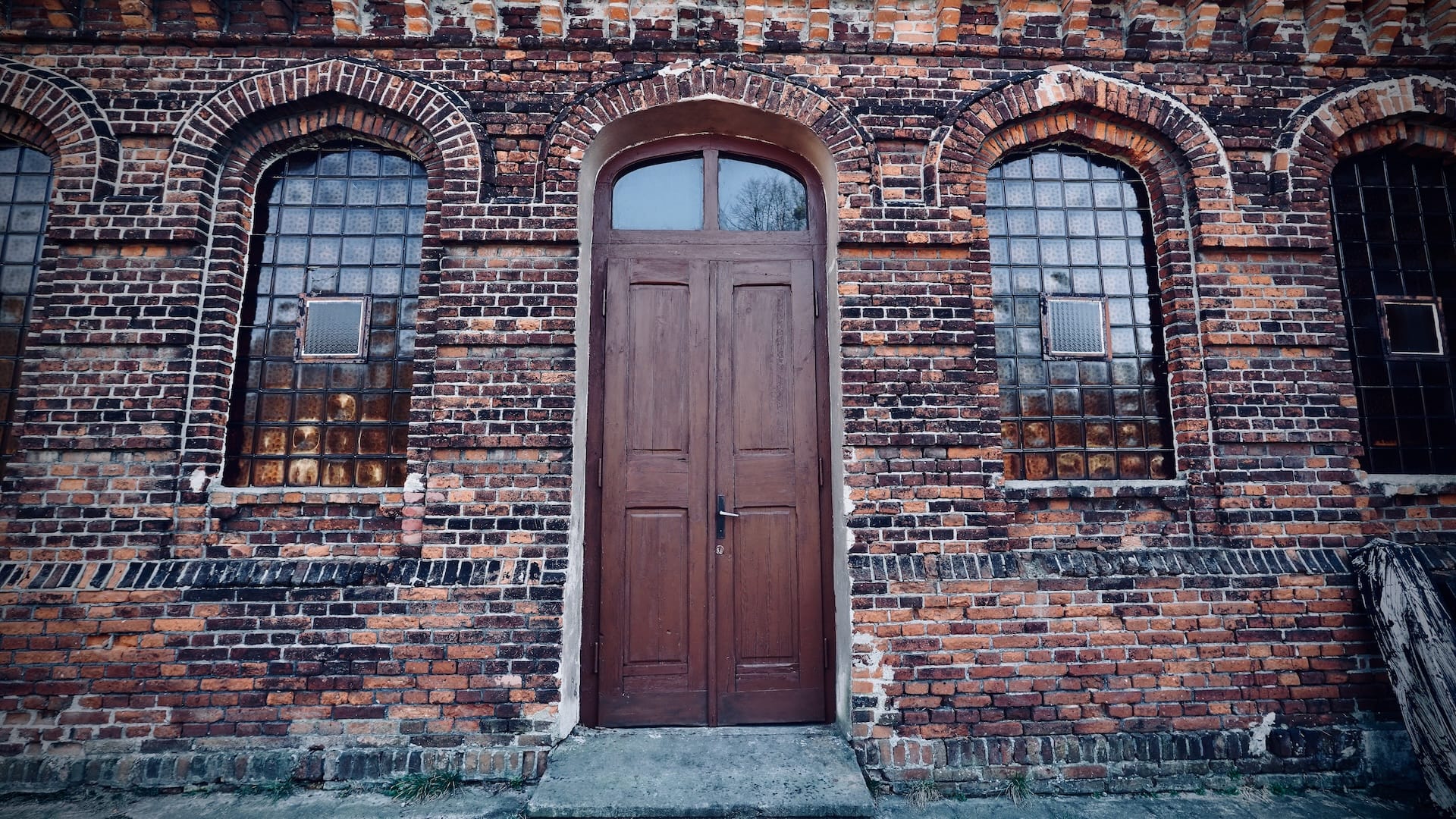
The Shadow of Power
Walking these overgrown paths, I cannot help but feel the shadow of Mordechai Chaim Rumkowski - the controversial Elder of the Jews in the Łódż Ghetto, who once walked these same grounds, perhaps to bury community members, perhaps to seek counsel among the graves of rabbis.
Appointed by the Nazis as head of the Łódż Ghetto Judenrat in October 1939, Rumkowski became the most powerful Jew in the ghetto - a complex figure who believed that salvation lay in productivity. His portrait appeared on ghetto currency; his signature granted life or sealed fates. Under his administration, the ghetto transformed into a massive industrial enterprise producing for the German war machine, in the desperate belief that becoming "essential" might ensure survival.
His notorious speech in September 1942 - "Give me your children" - still echoes among these stones. Standing before the terrified ghetto residents, he urged parents to surrender their young and elderly for deportation, sacrificing some in the hope of saving others. Was it calculated pragmatism or monstrous collaboration? I suppose the answer lies buried somewhere beneath these neglected markers.
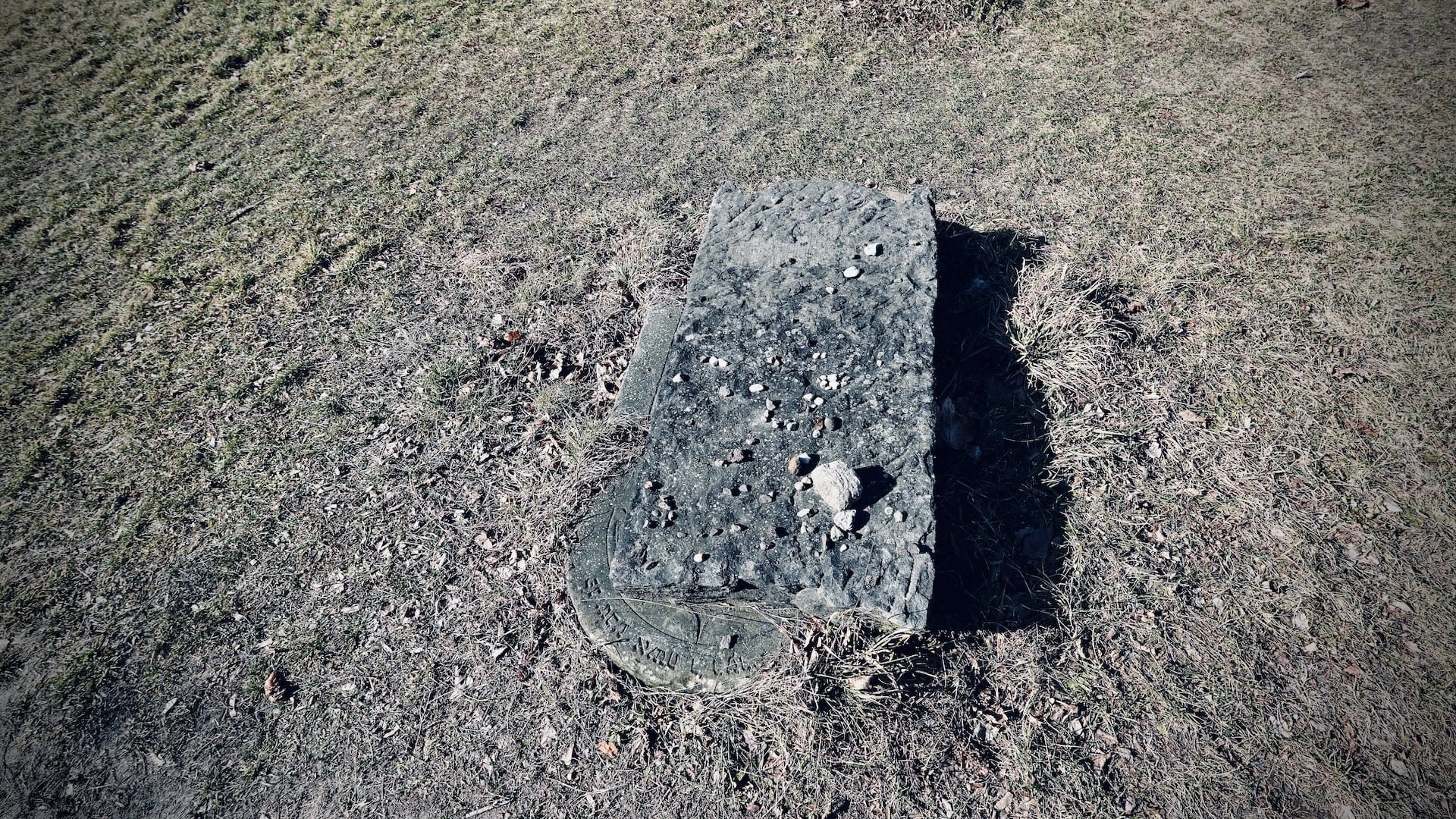
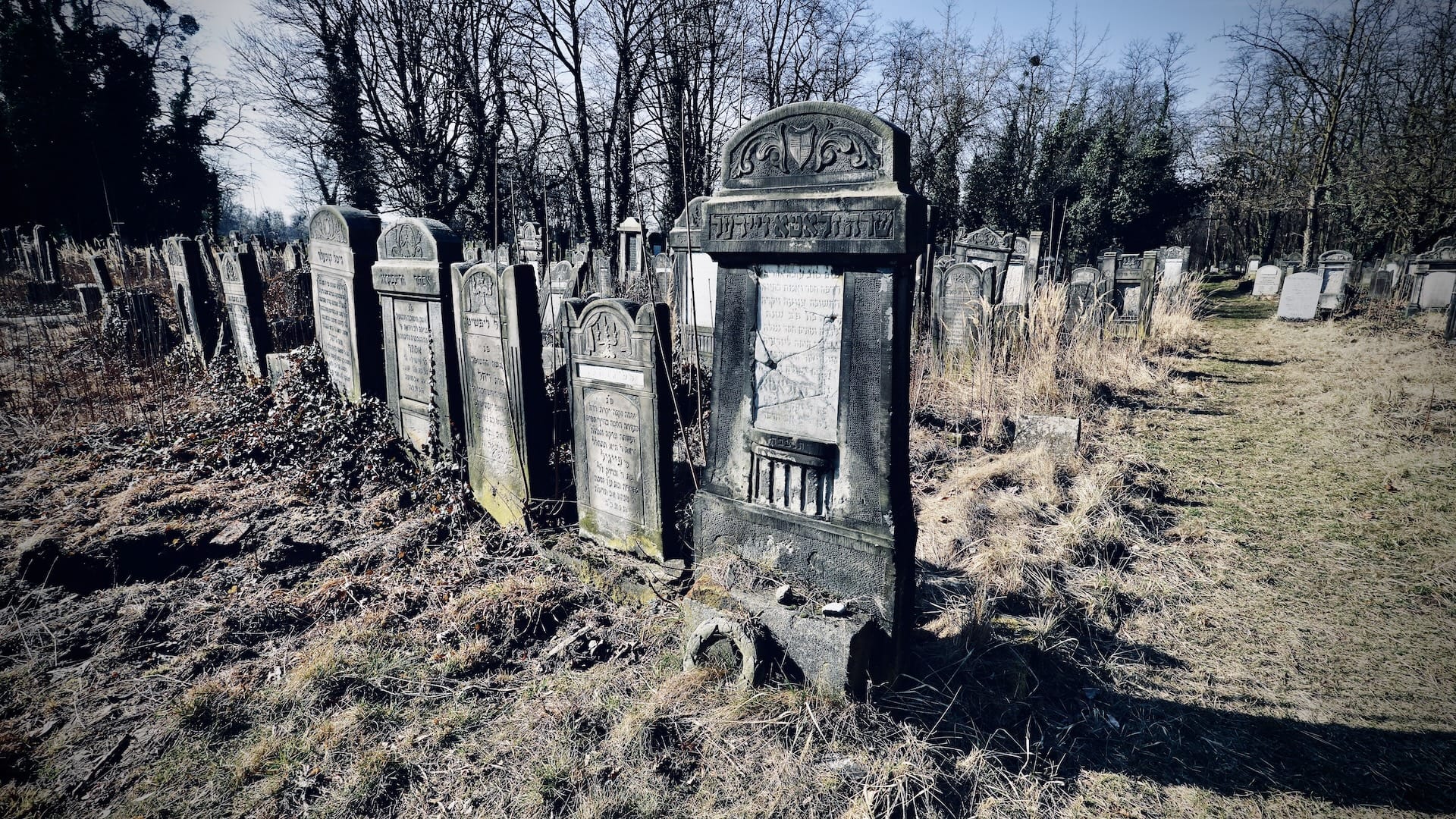
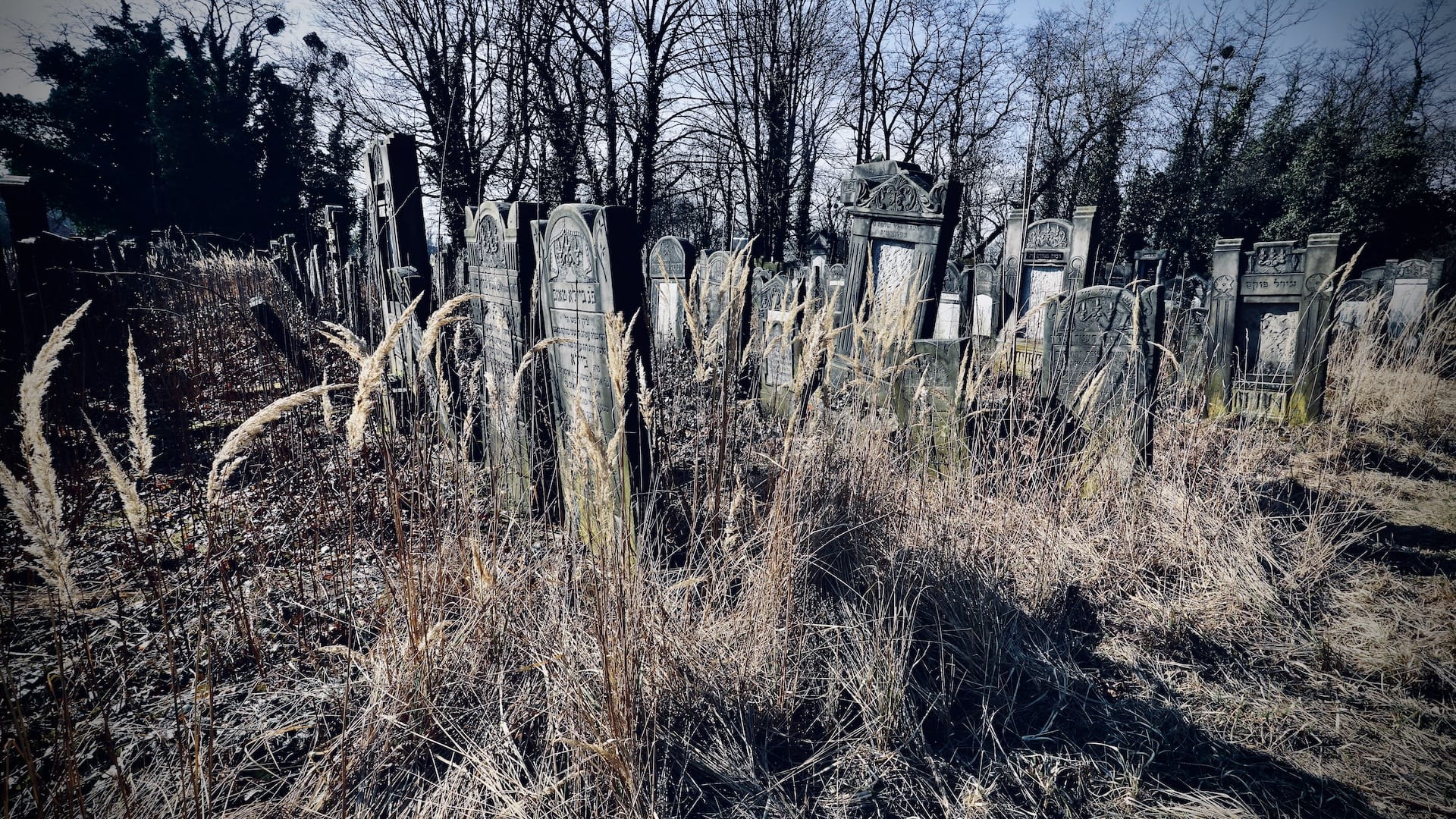
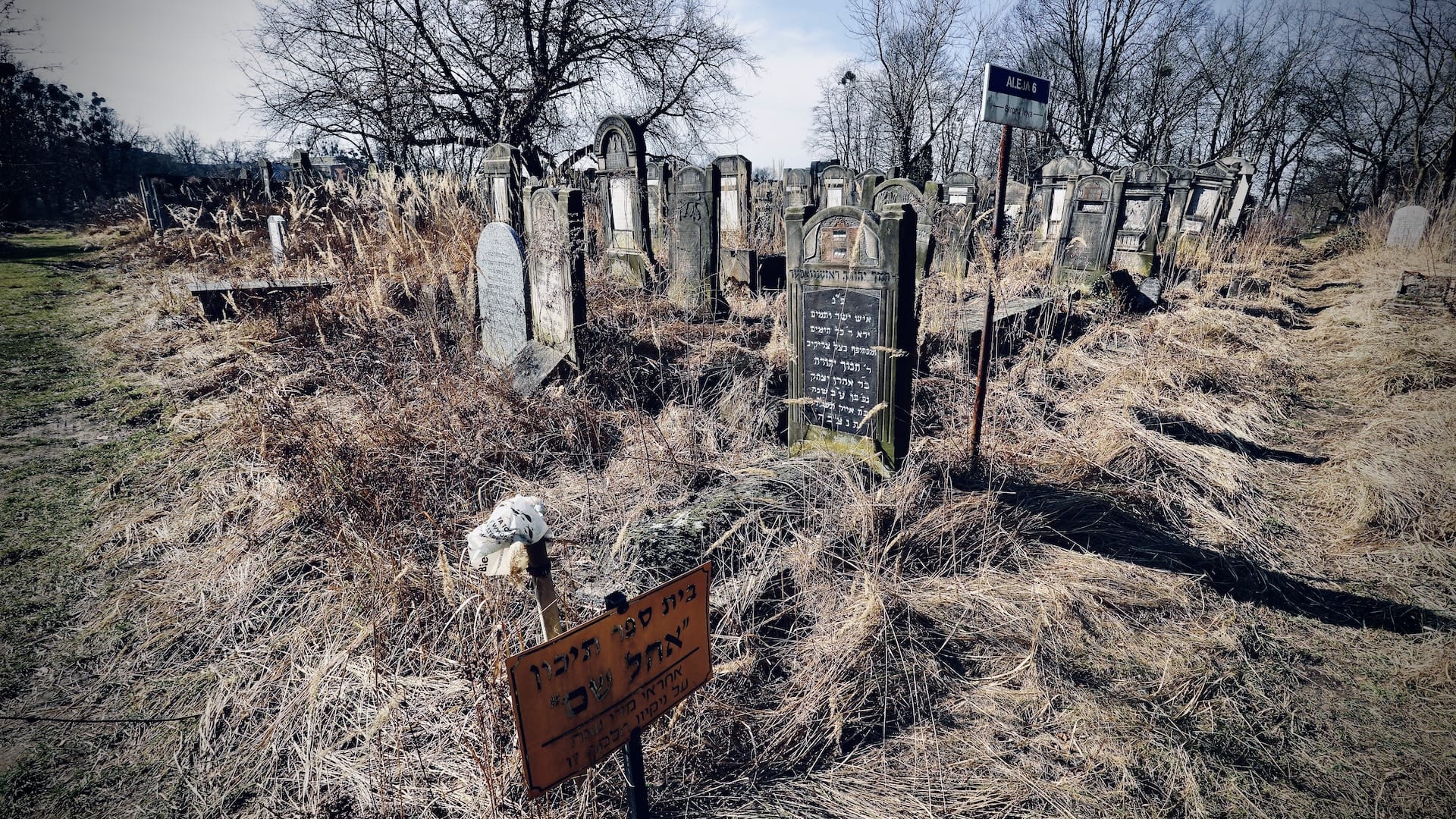
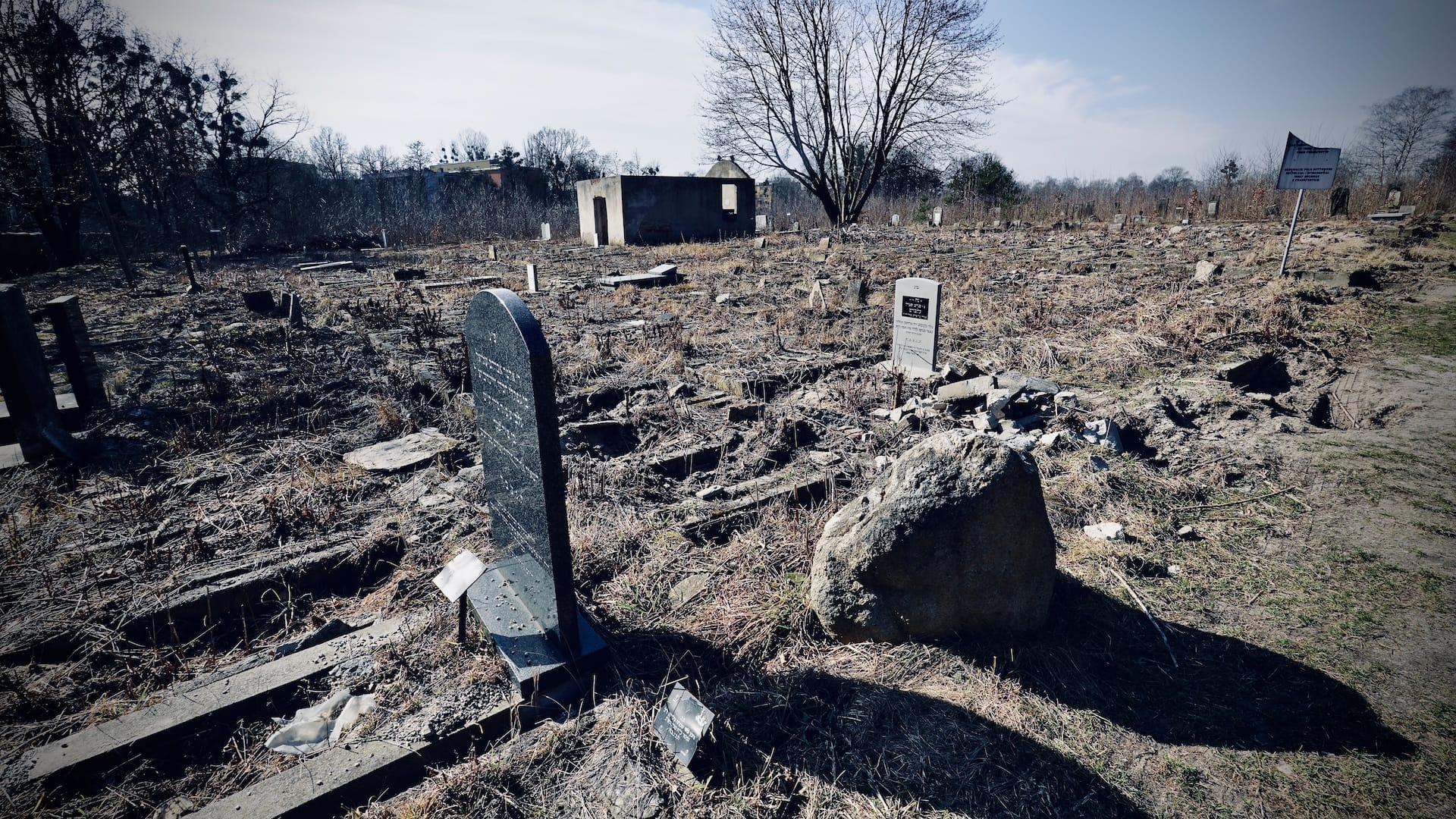
Between Worlds
The cemetery exists in a liminal space - neither fully remembered nor completely forgotten. Like Rumkowski himself, it occupies the uncomfortable territory between victim and survivor, between resistance and accommodation, between memory and erasure.
In Jewish tradition, placing stones on graves signifies remembrance - something more permanent than flowers. Yet here, many graves bear neither stones nor visitors. Names disappear beneath moss and lichen. Family histories dissolve into obscurity.
What remains is the weight of absence - the thousands of Łódż Jews who never received proper burial, whose ashes scattered at Chełmno and Auschwitz have no marker. Rumkowski himself vanished at Auschwitz in August 1944, his final moments subject to conflicting accounts, his legacy as contested as his choices.
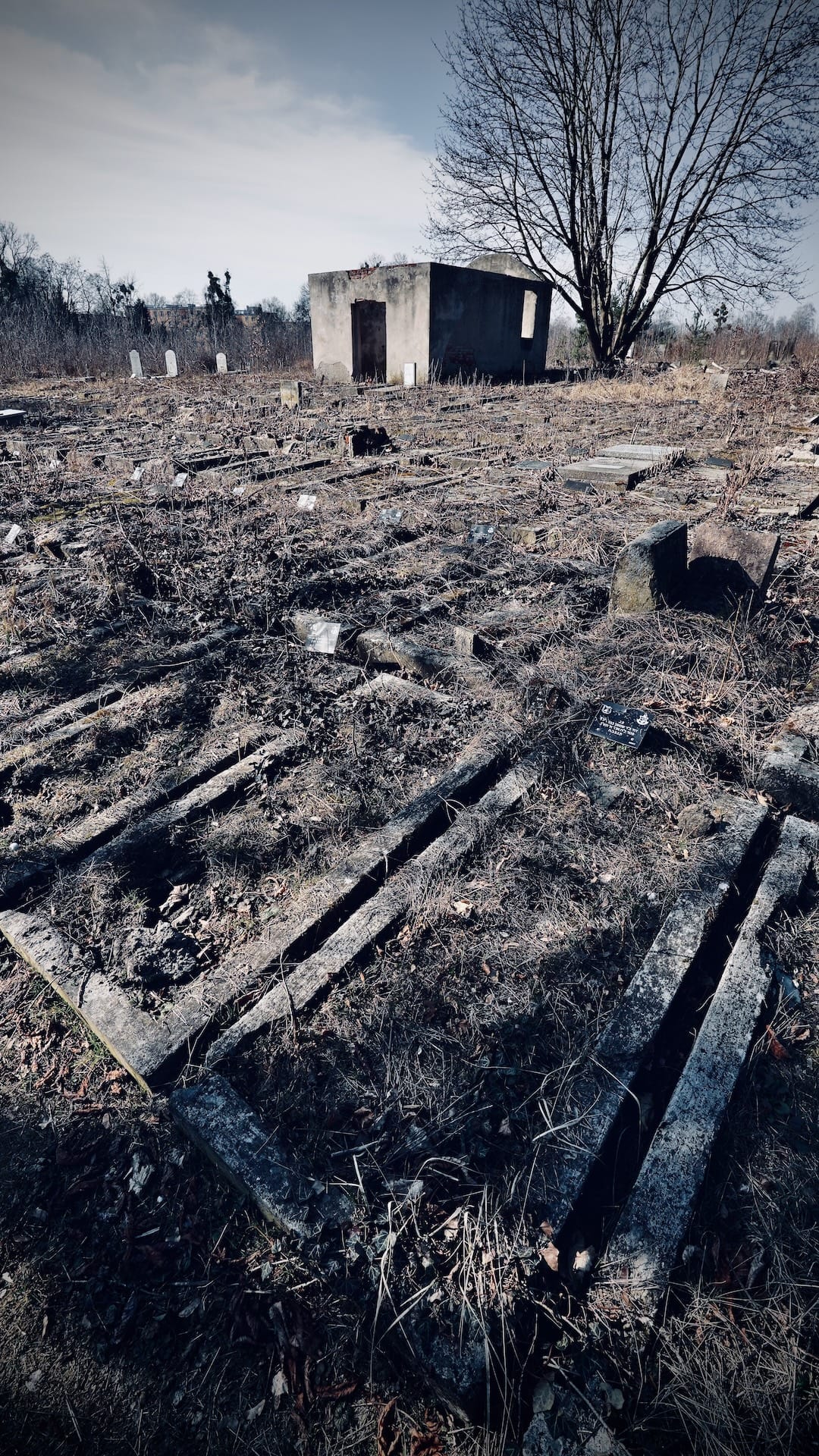
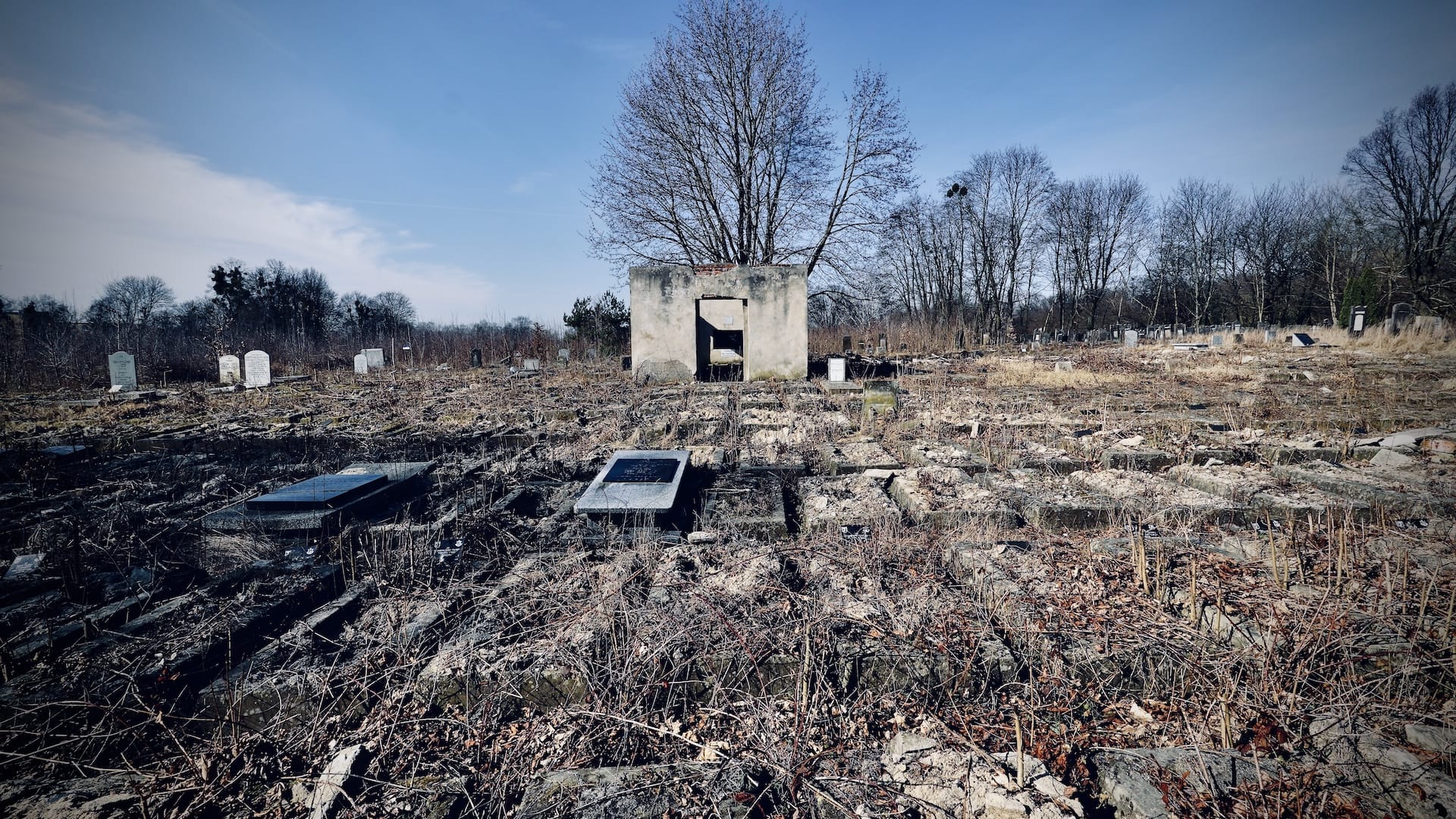
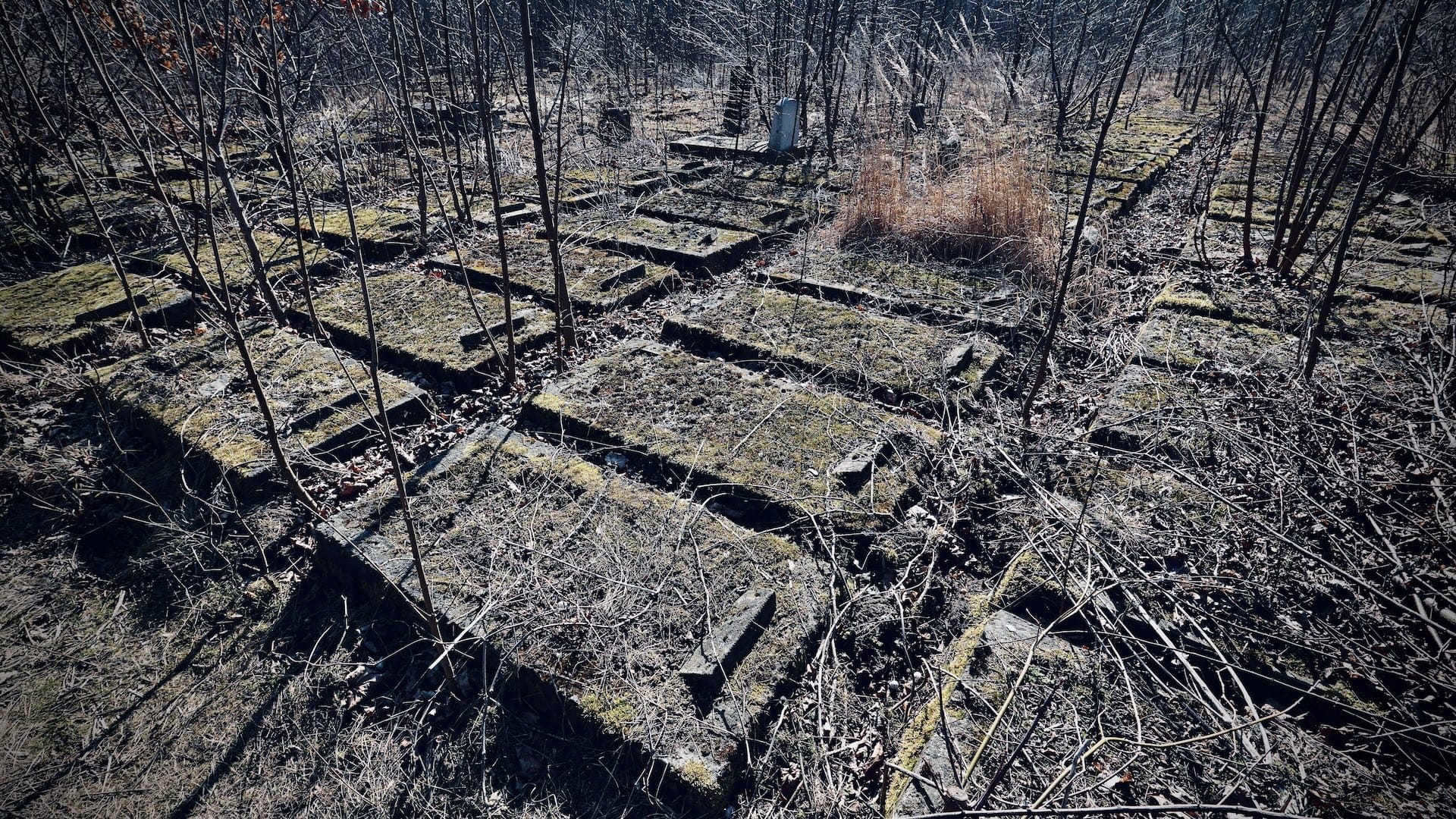
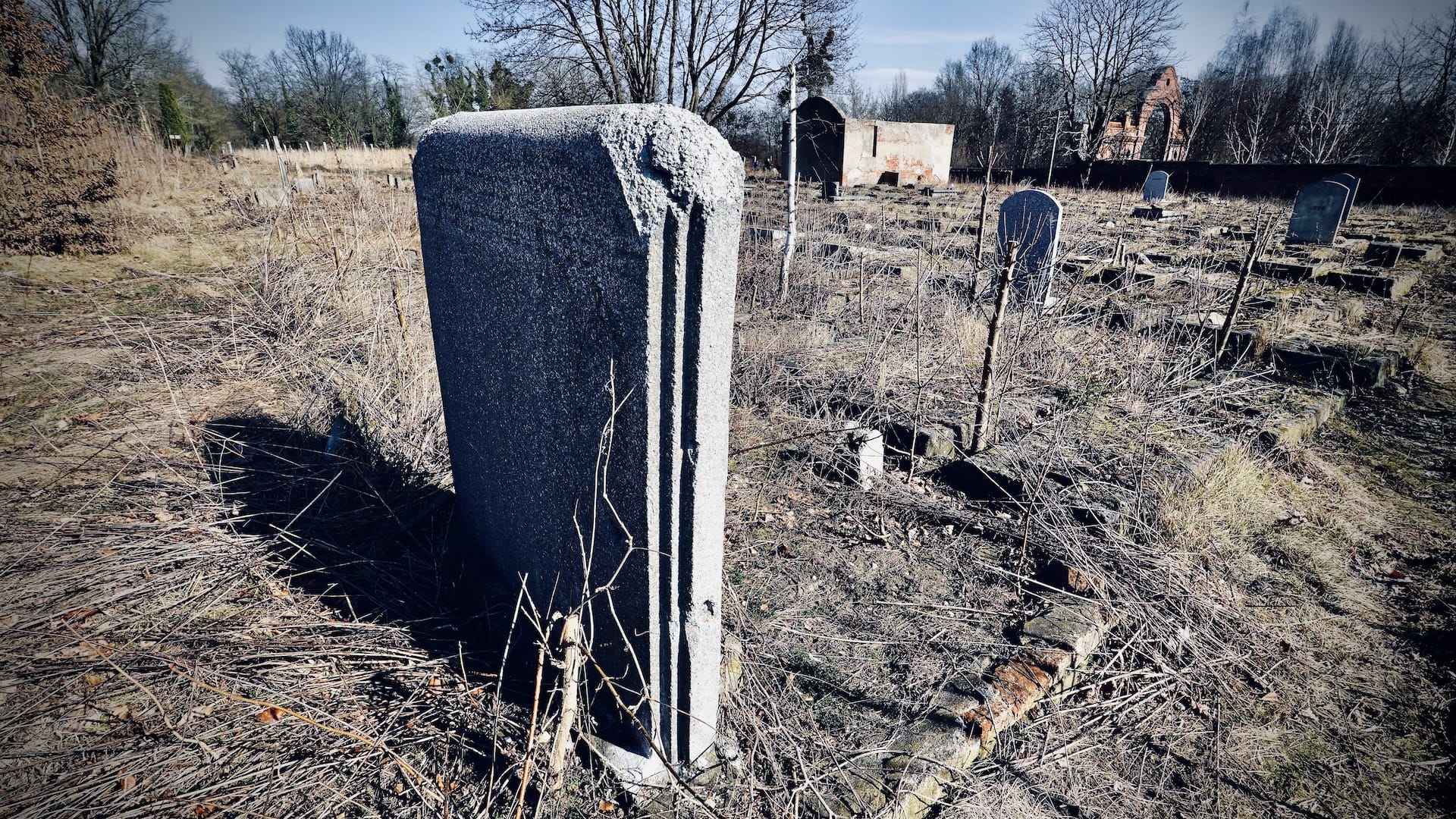
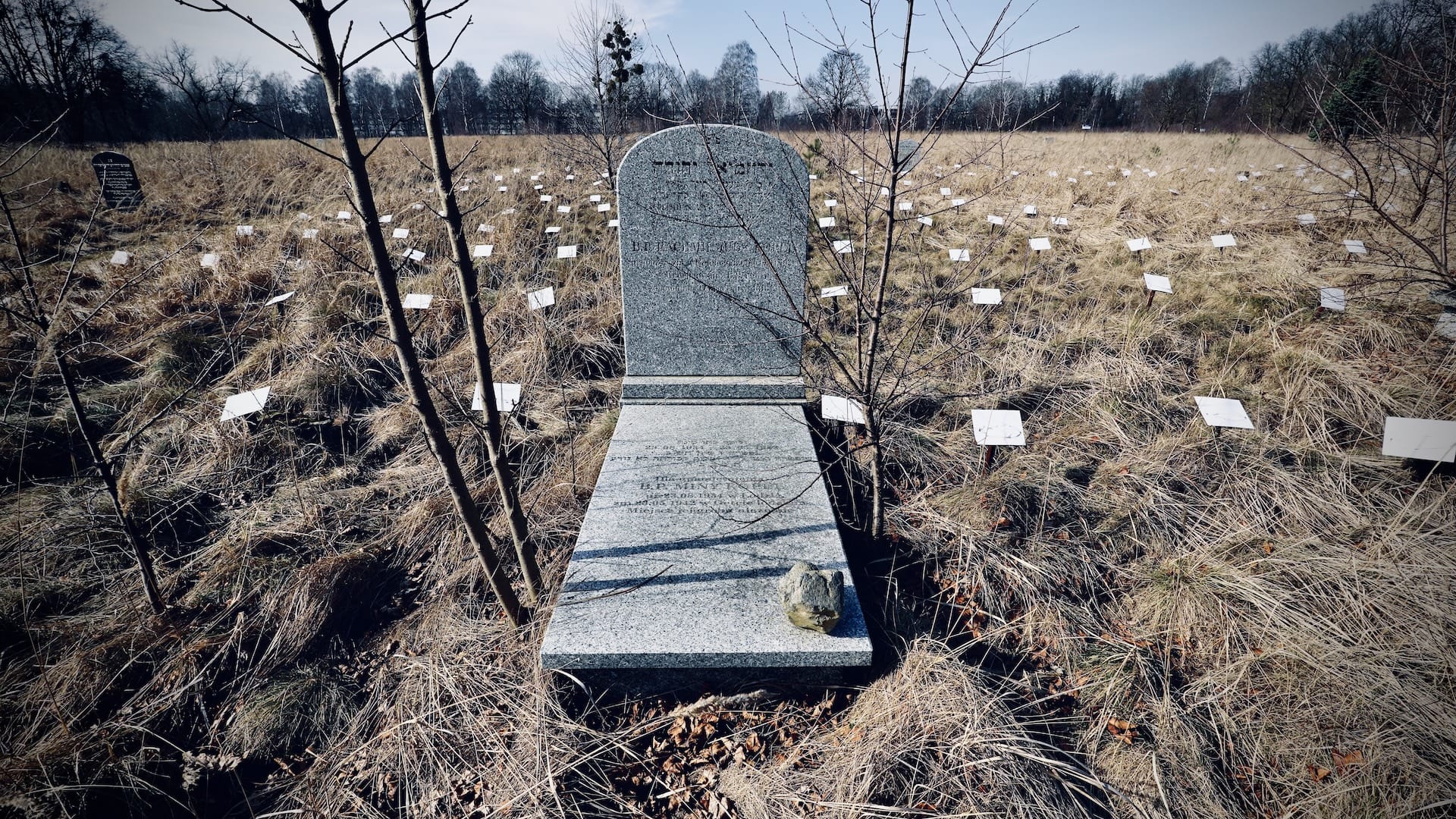
Bearing Witness
To walk among these stones is to become a witness.
Each photograph captures not just decay but dignifies these abandoned monuments by saying: "I see you. I remember."
In documenting this cemetery as myself and others have done, we perform a kind of Kaddish - the prayer for the dead - through our lenses and our presence.
The cemetery's neglect also speaks to the broader erasure of Jewish life in Poland. Before the war, Łódż thrummed with Yiddish newspapers, theatres, schools, and synagogues.
The silence that followed has been deafening.
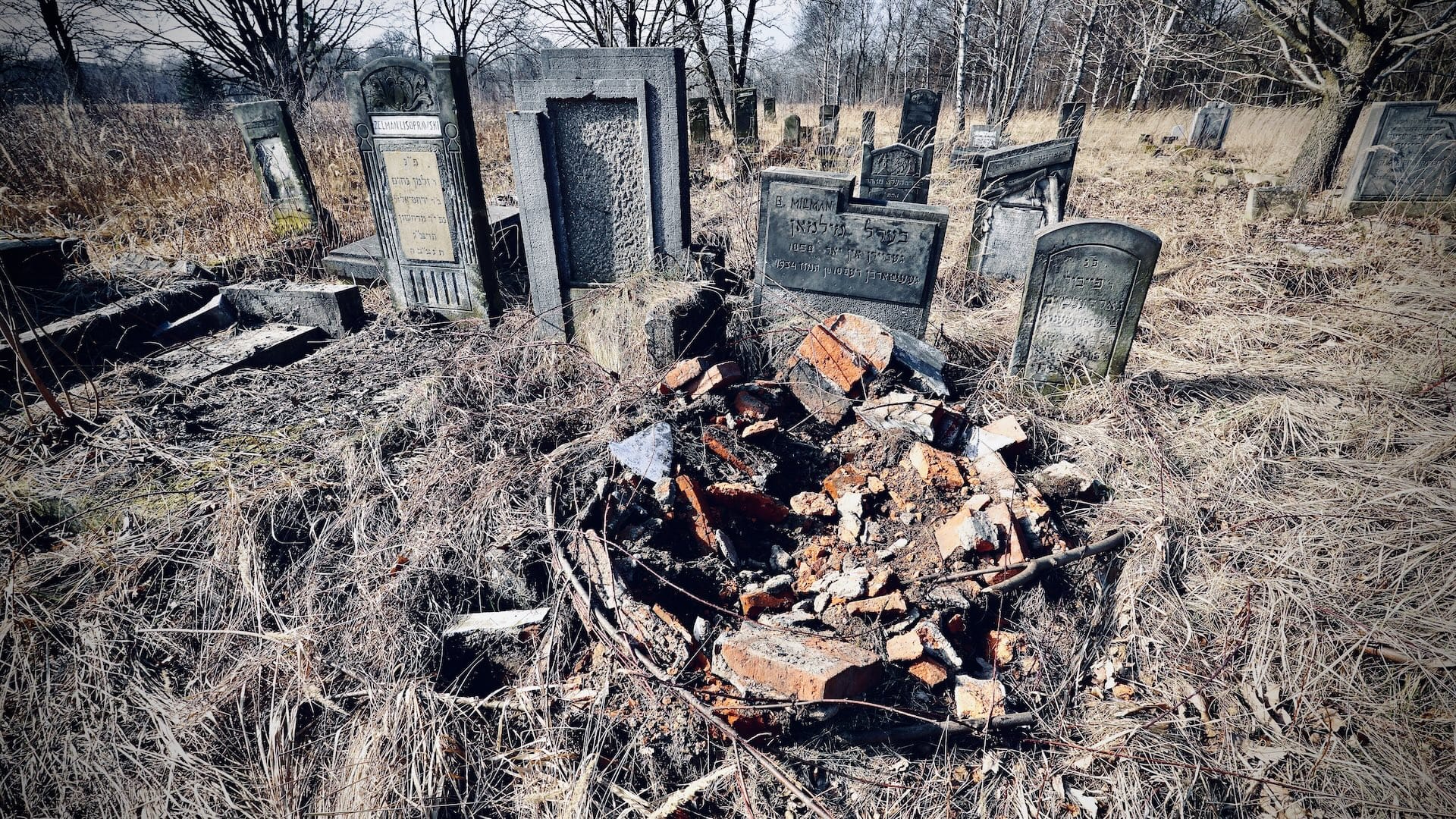
Yet in this gallery, these forgotten souls find voice again. I hope these images serve as both documentation and commemoration - revealing the cemetery's haunting beauty while challenging us to remember the community it once served.
In this way, my photographs become more than art; they become testimony.
They remind us that beneath each weathered stone lies a universe of stories, love, dreams, and memories all deserving to be honoured, even when no descendants remain to say Kaddish or place a stone in remembrance.
